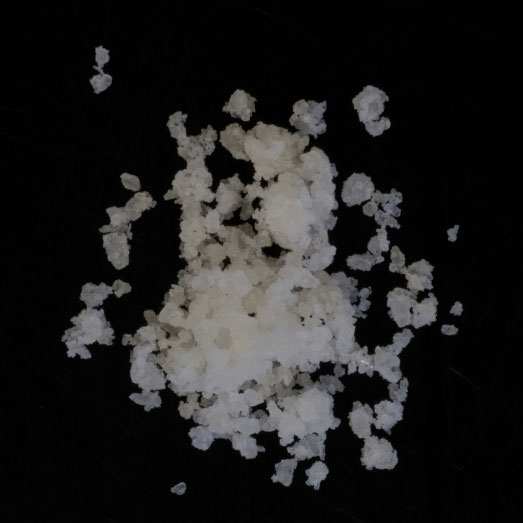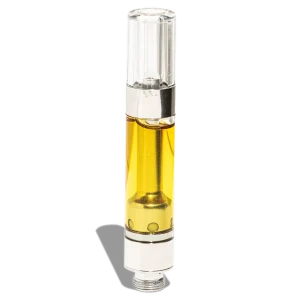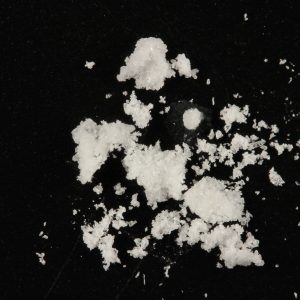Buy MET (N-Methyl-N-ethyltryptamine) online.
MET, or N-Methyl-N-ethyltryptamine, is a rare psychedelic substance that belongs to the tryptamine class. Similar in structure to more well-known drugs like psilocybin and DMT (N,N-Dimethyltryptamine), MET is attracting attention from the scientific and psychonaut communities because of its distinct psychoactive effects and scant data.
Despite being less well-known than other psychedelics, MET is an intriguing topic for research and experimental application due to its pharmacological characteristics and chemical makeup. The history, chemistry, effects, safety concerns, and legal status of MET will all be covered in this article.
What is MET?
The synthetic psychedelic substance MET is a member of the tryptamine family, a group of substances that resemble serotonin in structure and frequently cause significant changes in mood, perception, and thought processes. In terms of chemistry, MET is N-Methyl-N-ethyltryptamine, which is a tryptamine backbone that has had a methyl and an ethyl group added to the nitrogen of the amine.
-
Molecular Formula: C13H18N2
-
Molar Mass: 202.30 g/mol
-
Chemical Structure: Similar to DMT, but with one methyl group replaced by an ethyl group.
This small change in molecular structure gives MET its distinct pharmacological profile.
History and Discovery
Although MET was initially created in the middle of the 20th century, it became well-known thanks to the efforts of renowned scientist Alexander Shulgin, who is most recognised for his contributions to the research of psychedelic substances. Although Shulgin did not research MET as thoroughly as he did other substances, he did include a brief description of its production, dose, and subjective effects in his book TiHKAL: Tryptamines I Have Known and Loved.
Due to its rarity and low profile, MET has not been the subject of extensive scientific research or clinical trials. However, anecdotal reports from experienced users offer valuable insights into its effects and potential.
Pharmacology and Mechanism of Action
The primary way that MET produces hallucinogenic and entheogenic effects is by acting as an agonist at the 5-HT2A receptor, just like other serotonergic psychedelics. Because of its structure, it can quickly pass across the blood-brain barrier, particularly when vaporised or smoked.
In terms of binding affinity and effect onset, MET and DMT are similar; nevertheless, at similar doses, MET is typically characterised as less potent and easier to handle. Its stimulating qualities may also be attributed to interactions with dopamine and norepinephrine receptors, according to certain theories.
Effects of MET
Onset and Duration
-
Route of Administration: Typically smoked, vaporized, or taken orally (less common).
-
Onset: 30 seconds to 2 minutes (inhaled); up to 30 minutes (oral)
-
Duration: 30 to 90 minutes (inhaled); up to 3 hours (oral)
Psychological Effects
-
Visual hallucinations (closed and open-eye visuals)
-
Enhanced colors, geometric patterns
-
Euphoria and emotional openness
-
Altered time perception
-
Cognitive expansion and introspection
Physical Effects
-
Body high with light stimulation
-
Slight increase in heart rate and blood pressure
-
Dilated pupils
-
Nausea (rare, mostly at high doses)
Users often describe MET as a “lighter” or “gentler” version of DMT, with a more playful and euphoric edge. Its effects are less overwhelming, making it appealing for those seeking a shorter, more controllable psychedelic experience.
Dosage Guidelines
Dosage varies depending on the route of administration and individual sensitivity. Below are general guidelines for smoked or vaporized MET:
-
Threshold: 5–10 mg
-
Light: 10–20 mg
-
Common: 20–35 mg
-
Strong: 35–50 mg
-
Heavy: 50+ mg (not recommended)
Because MET is potent and fast-acting, it’s crucial to start with a low dose and titrate gradually.
Safety and Harm Reduction
Short-Term Risks
-
Psychological distress, especially at high doses
-
Rapid onset can be disorienting
-
Potential for anxiety or panic attacks
-
Risk of accidents during altered states
Long-Term Risks
-
Little is known about the long-term effects of MET
-
No known physical toxicity in humans
-
As with all psychedelics, individuals with a personal or family history of psychosis should avoid use
Harm Reduction Tips
-
Use in a safe, controlled environment
-
Have a sober sitter present
-
Avoid mixing with other substances
-
Stay hydrated and rest afterward
Legal Status of MET
The legal status of MET varies worldwide. In many countries, it may be considered illegal under analog laws, which prohibit substances structurally similar to controlled drugs like DMT.
-
United States: Likely illegal under the Federal Analog Act due to structural similarity to DMT.
-
United Kingdom: Controlled under the Psychoactive Substances Act.
-
Canada: Not explicitly listed, but could be considered an analogue of tryptamines.
Final Thoughts: The Future of MET in Psychedelic Research
Despite the growing interest in psychedelics, MET is still a relatively unknown substance that may be useful for both scientific research and personal revelation. It is an intriguing option for additional research, both in formal settings and by responsible psychonauts, due to its brief duration, distinct effects, and low toxicity profile.





Reviews
There are no reviews yet.